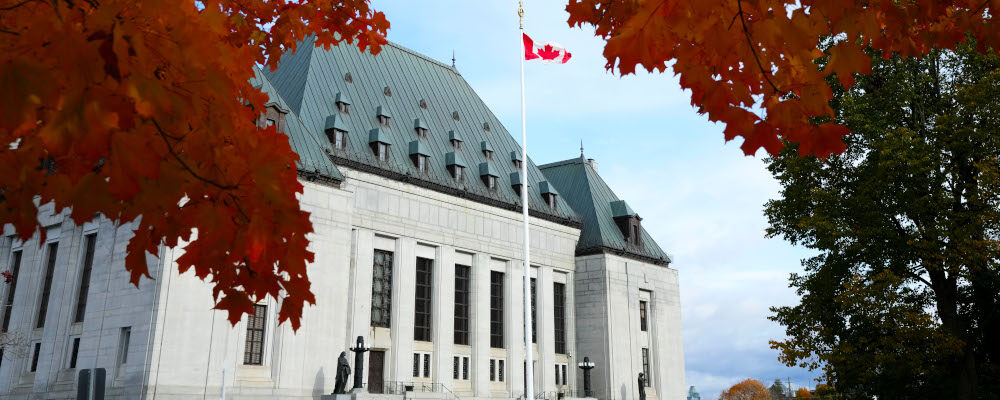The news that Premier Ford may use the notwithstanding clause to force unions to accept a mandated wage settlement might make some Canadians wonder why they had forgotten that the unions had any Charter rights to begin with. For those of us old enough to remember, we might have a hard time remembering which particular clause enshrined those rights.
It may be less our advancing dementia than our failure to immediately appreciate the scope of the rights that we were granted under “Freedom of Association”, for it was within that clause that the Supreme Court read in the right to collective bargaining in 2007.
In June 2007, the Supreme Court by a majority of 6-1 declared that the collective bargaining rights of workers were protected under the Charter. The decision to protect collective bargaining was justified by finding that the right to bargain exclusively was contained within the words “freedom of association” as one of the fundamental Charter Freedoms.
“We conclude that Section 2(d) of the Charter protects the capacity of members of labour unions to engage, in association, in collective bargaining on fundamental workplace issues,” Chief Justice Beverley McLachlin and Justice Louis LeBel wrote in the majority decision issued June 8, 2007. Note the uncomfortable use of the words “in association” whose inclusion was deemed necessary to support their argument.
Their logic overruled previous Supreme Court rulings that excluded collective bargaining on the grounds that those previous decisions “did not withstand principled scrutiny”.
The inclusion of exclusive bargaining rights might not seem obvious to every Canadian and as if to acknowledge the leap of logic, the Court added some additional justification. They noted that “Recognizing that workers have the right to bargain collectively as part of their freedom to associate reaffirms, enhances and promotes the values of dignity, personal autonomy, equality and democracy that are inherent in the Charter”.
And possibly to try to add meat to the bone of that skinny logic, “The Charter should be presumed to provide at least as great a level of protection as is found in the international human rights documents that Canada has ratified,” the justices declared. But presumed by whom? the average Canadian might wonder. Many Canadians might not have realized that adherence to international treaties was grounds for the automatic establishment of a Charter right.
There is a formula to amend the Constitution. If a particular right is so obvious to everyone, which should be the standard for its inclusion in our Constitution, then the formula should not present a major obstacle. In the case where those rights are not so obvious, then they should not be there in the first place.
Collective bargaining has been successful in improving workers’ conditions throughout the 20th century across many sectors. It has also in some cases rendered some sectors of our economy uncompetitive in world labour markets and decimated employment. Labour rights are complicated issues rather than obvious ones. But surely the conditions under which public sector workers are employed, which are by most measures more generous, stable and worker-friendly, are the sectors least needing the kind of worker protection that exclusive collective bargaining confers. Certainly, the past two years have shown the relative advantages of public sector employment stability and workplace conditions over private sector turmoil.
Throughout the pandemic, those employed by various governments and their agencies and dependants in health care and education were protected financially while many private sector employees were decimated along with small business owners. Meanwhile, the measures used to combat pandemic-related disruptions contributed significantly to the inflation that is now ransacking the saving of all Canadians. High interest rates are part of the very painful medicine that is required to bring inflation under control, but if all public sector employees are to be protected from the effects of inflation with wage gains to match, then much more interest rate medicine will have to be choked down by everyone.
As direct and indirect public sector employees now represent such a large proportion of the economy, the impact of wage settlements will have a prominent role in determining how severe the COVID hangover will be. What started as transitory increases in commodity and energy prices fed into sustained labour market inflation. If Canadian governments at all levels make up the difference in wage settlements we can then call it statuary structural inflation.
The notwithstanding clause has always been the original sin of the Constitution, which was the high price to pay for repatriation. But many other injuries have weakened the Constitution since its establishment, including the overreach of the Court in reading in rights that should never have been there in the first place. And now we have a government using the original wrong to try to overrule a right that was probably wrong in the first place.




